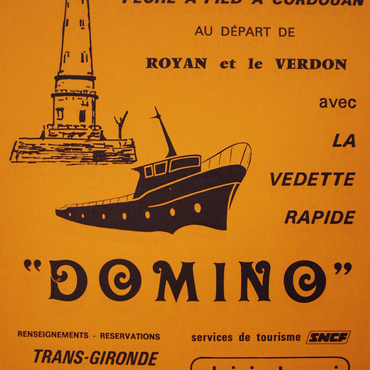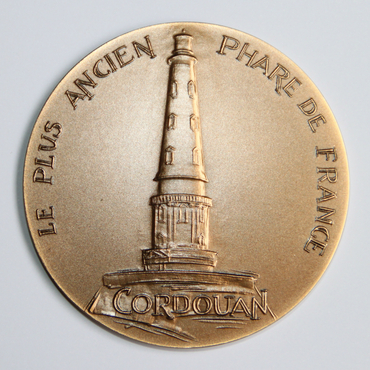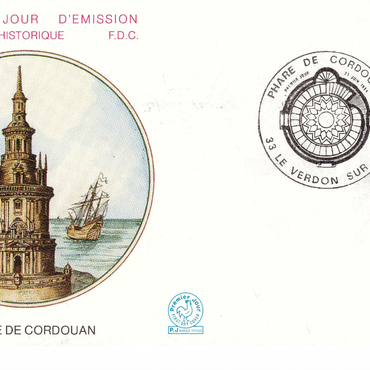
- Home
- King of Lighthouses
- Visitors to the lighthouse
- The friends of Cordouan
In 1980, the Ministry of Infrastructure, the lighthouse's controlling authority, considered abandoning Cordouan; it had become too expensive to operate, and advances in maritime signalling technology rendered it obsolete. One it was delisted, the lighthouse would be transferred to Domaines to be sold at auction. It seemed almost certain that the structure would be vandalised and fall into ruin. In 1981, under the impetus of a group of enthusiasts, an association was set up with the goal of sounding the alarm among both those who loved Cordouan and the powers that be (local authorities and the ministries of Culture and of the Sea). An awareness-raising campaign was carried out in the press, and the effort began to pay off. By late 1981, the public authorities drew up an action plan for keeping Cordouan in service and earmarked some six million francs for a multi-phase restoration operation. The cost was shared by the Minstry of Culture, which acted as the contracting authority, the department of Gironde and the region of Aquitaine. Major repair work kept Cordouan off-limits for several years, but it was saved. In the meantime, a museum was set up in a technical area at the Grave lighthouse at Verdon-sur-Mer. It presented the lighthouse to tourists who were unable to visit, and it was an immediate success. In June 1894, four hundred years after Louis de Foix contracted to build the lighthouse, the Association to Rescue Cordouan organised a large exhibition. The post office issued a stamp and a first-day cover about Cordouan, and the Monnaie de Paris created a commemorative medallion.



